|
Guest blog by Adam S. Thompson, Head Cheesemaker & Partner at OroBianco Italian Creamery (Texas, USA) I've waited a long time to learn the art of pasta filata. After 15 years of making "mozzarella" or something in that genre, I can finally say I actually know how to make traditional pasta filata cheeses, using water buffalo milk, as it was intended to be produced. My name is Adam S. Thompson, and I'm the head cheesemaker and partner at OroBianco Italian Creamery — the one and only water buffalo dairy and creamery in Texas. I've been making cheese for over 15 years, with my first one being a quick method mozzarella, using citric acid and store bought milk. Before the buffalo, I had a goat dairy and made an array of cheeses and yogurts from their milk. I've also made sheep and cow milk cheeses at a couple of other operations, and trained in Mexico City on Oaxaca cheese — a pasta filata cheese, but made in a completely different fashion. I joined the team at OroBianco in September of 2021, however, I had been doing some testing of the milk as early as March of 2021. For the past year, I've made a couple of decent products that somewhat resemble mozzarella, but never could get the texture and flavor of what we really wanted — an authentic buffalo mozzarella, that oozes the milky water out when you bite into it. Made and served fresh and meant to be eaten almost immediately. While Covid restrictions were preventing me from taking this course, Erica Jarman of Sapori & Saperi helped me as much as possible from afar, even getting a Zoom class going with the former head cheesemaker at Prime Querce farm and dairy. She had also been telling me that I needed to see the process and experience it firsthand to really understand it. I’ve attempted the mozzarella at least 50 times over the last year, sometimes pushing into the morning sunrise, trying to accomplish this cheese making process. Time and time again, I would get a nice cheese, but not the mozzarella we were aiming for. Finally, in October 2022, I arrived in Campania, Italy, to take the course. The class was the most educational course I’ve ever received in such a short amount of time. I think it helped I had been trying and failing, as I had many questions to be answered and walls to get over. Any time I had a question, no matter how small or off-topic to the current stage, Erica would wait for the cheesemaker to finish what he was talking about, and field my questions to him. We trained at two different dairies, Chirico and Prime Querce. Each place had its own methods and variations for the different pasta filata cheeses, but the basics were more or less the same. The cheese making facilities were full of passionate people, who would move like ants at times, in a synchronized, and super-speed fashion at times. I was allowed to make a complete batch at one facility, then work on all of the different stages at another, in the midst of normal production. I had no question left unanswered after this course. The mozzarella and pasta filata training here was incredible, but there was much more to this course. We also had the pleasure of being accompanied by a very talented sommelier, and did nightly wine tasting, and went to dine at some of the finest establishments I’ve ever eaten at. Some were embellished with gold trim and crystals, serving high-grade steaks, and some were little hidden gems, with the morning’s fresh catch served in unique presentations. We even had a “dinner with friends” where one of the B and B owners invited some locals, and we dined family style in the living room. The entire course was very organized and maintained on a sometimes very strict schedule, and this ensured we were always where we needed to be to learn, and visit the extracurricular, planned activities. Everything was purposeful and useful to bring these skills back to Texas and incorporate into my cheesemaking, as well as bringing information about the water buffalo themselves back to the dairy. To anyone wanting to learn the art of pasta filata, this course is a must-take. You won’t call one of these places directly and get a class, and you won’t find these courses online, or marketed on some big cheese website. Most places are very secretive, or do not want to waste the time teaching other people how to make this classic cheese. The food alone is worth the cost of the course, in my opinion. Of course my focus was always on the cheese making, but the course being completely submerged in the culture, and getting to taste different foods, and wines, from around the terroir left me with an elevated sense of inspiration. The people there were very welcoming, and passionate about their trade. Not only have I finally locked down the mysteries of mozzarella, but found myself returning home and making my own tomato sauce, gnocchi, and other classic Italian dishes for my family. If you’re “stretching” mozzarella at home or for a dairy/cheesemaking facility, you’re likely doing it wrong. True mozzarella only takes the perfect curd, and almost boiling water, and it “spins” together almost effortlessly. The mozzarella should make you take a step back when biting, so the beautiful, milky whey doesn't get all over you. So break out the pocket-book, book this course, and get a class that will give you all the tools you need to make mozzarella, as well as fill you with inspiration and the Italian culture that makes this cheese what it is.
0 Comments
As a tour designer and guide I don’t get many opportunities to experience what it’s like for you to travel to a place you’ve never been to before. The only chance I have is when I research a new tour or course. And I did just that in March 2018. I want to offer a mozzarella course (update: I now do). Since we don’t make mozzarella in Tuscany (not properly, anyway), I had to go to Campania in the south, the home of water buffalo and birthplace of mozzarella. You probably know Naples, Pompei and the Amalfi Coast, but I hadn’t even been to any of these. It was a bit daunting going south of Rome to the infamous Mezzogiorno of lawlessness. But I had a big advantage over the average tourist: I had locals to show me around. I had met a Scottish woman on a Ryanair flight from London Stansted to Pisa. Her Italian husband was from the province of Salerno, just south of Naples. I knew that Salerno and Caserta provinces were famous for their mozzarella. When I told her of my plan, she said they live in Florence now, but her husband knew the Cilento area inside out (central and southern part of Salerno Province). A couple of months later I found myself at Santa Maria Novella station in Florence, boarding a train bound for Salerno with Audrey and Enrico. I was to stay at their house in Trentinara. They were renting a car and they were going to introduce me to owners of agriturismi (farm accommodation), a mozzarella dairy and restaurants. Everything I would need for the course. First a stop at an agriturismo Aia Resort Cilento owned by Vincenzo, an architect friend of Enrico’s. It’s perfect for the course: tasteful rooms with private baths, a swimming pool, pizza oven and BBQ. It was after dark when we arrived at their house and, while Enrico lit the fire, Audrey took me next door to meet her mother-in-law Antonietta. Even though we planned for dinner to try the restaurant owned by Enrico’s cousin, it was compulsory to sit down at the table to sample Antonietta’s stuffed artichokes (carcioffule ‘mbuttunate), lately picked from her garden. I had to forcibly prevent her putting two on my plate. The next morning we met my cheese and salumi courses colleague Giancarlo Russo, who had arrived separately, and proceeded a short distance down the road to a private house to meet Lilla and her son Antonio La Mura. Lilla is a great cook (as it seems is everyone from this area) and might give a short cooking lesson either during the mozzarella course or during an optional extension before the course. We gathered around the table in the kitchen to talk. But no talk without food in these parts. Antonio went to the cellar and came back with his own salsiccia (air-dried sausage). Lilla sliced her homemade bread, made with sour-dough starter and baked in a wood-fired oven, while Antonio uncorked a bottle of excellent homemade wine. Giancarlo and I have tasted a lot of sausage and salami in our day, and this was exceptional. Encouraged, Antonio disappeared down below again and re-emerged with two cheeses and a salami, all of his own production. Last (at least we were hoping it was), a cured sausage called nnoglia, which was stuffed with lungs and other of the least noble parts of the pig. Usually it’s used to flavour vegetable soups, but Lilla threw it on a grate over the fire that warmed the room. More delicious than you can imagine. She just happened to have some pastries from the local shop, and we weren’t allowed to leave without coffee and a digestivo, her homemade finocchietto, alcohol infused with fennel leaves and flowers. Good thing we hadn’t booked lunch at a restaurant! After that feast of salumi, we had to see Antonio’s pigs… and his cows… in the oak and chestnut woods where they have parties in the summer. That evening at 10.30 Giancarlo and I had an appointment at Caseificio Prime Querce to watch the whole process of making mozzarella and its pasta filata (spun curd) relatives scamorza, burrata and caciocavallo. The head cheesemaker Antonio (everyone seems to be named Antonio) is, of course, a close friend of Enrico. He showed us every step, explaining the reason for each process and giving us generous samples to taste. But the mozzarella wouldn’t be at its peak until it had bathed in brine for another five hours. We finally left around 2.45 am. The next morning Antonio stopped by Enrico’s house to drop off two bags of mozzarella, one hand-formed and the other moulded by machine. It was a revelation! Juicy, firm and milky. How can I go back to eating week-old mozzarella in Tuscany? We still hadn’t had a tour of the town with Enrico and Audrey, so we set off up the streets of Trentinara, hailed and stopped at every corner by Enrico’s cousins and friends. At the top we made the day for Zì Cosimo, the basket weaver. I learned that here ‘zì/zà’, literally meaning ‘uncle/aunt’, is a title of respect for older people. On the way to the restaurant for lunch we passed Enrico’s aunt carrying a basket of freshly baked bread from her wood-fired oven. We were wondering how we could stuff in lunch after gorging on mozzarella for breakfast, but we needn’t have worried. Locanda Lu Vottaro, owned by the chef Cristina—you guessed it, a friend of Enrico, was closed, but she opened specially for us and prepared a superb tasting menu. It was time to leave our friends Audrey and Enrico, this town and the people who we felt we already knew well. Suddenly I realised this must be what it’s like to go on a tour with Sapori e Saperi Adventures. You’re met at the station, transported to your accommodation, escorted to see places and meet people you could never find on your own. They open their arms to you because you’re accompanied by us, their friends. What better way to spend a holiday?
Take a look at the result of this course for professional cheesemakers and keen amateurs: Mozzarella & its Cousins. If you're not a cheesemaker, don't worry, there are less specialised small group tours and courses like Olive Oil: Tree to Table for you. If you landed here by chance and would like to be notified of future posts, you can sign up here. If you’d like periodic news about our tours and courses, sign up here. This blog was originally published on Slow Travel Tours on 28 March 2018. |
Email Subscription
Click to subscribe to this blog and receive notifications of new posts by email. AuthorErica Jarman Categories
All
Archives
October 2023
|
|
copyright 2017 sapori-e-saperi.com | all rights reserved
|
Website by Reata Strickland Design

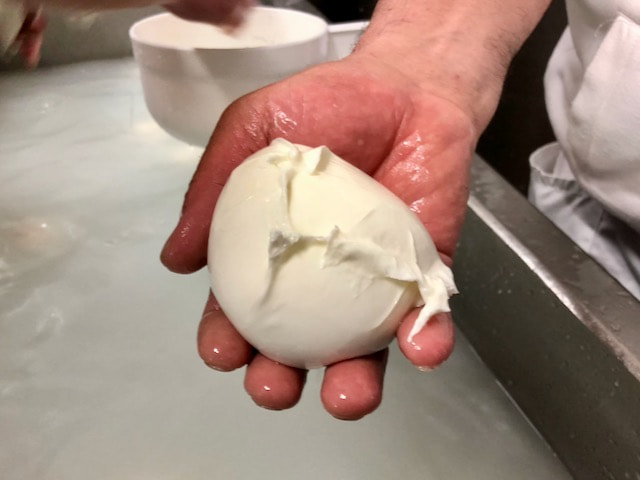

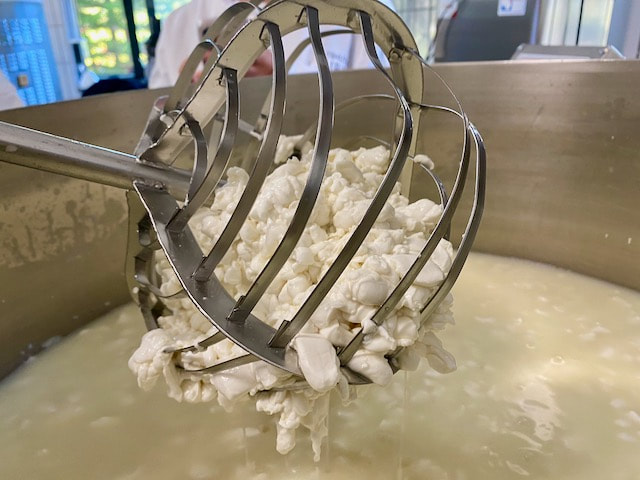

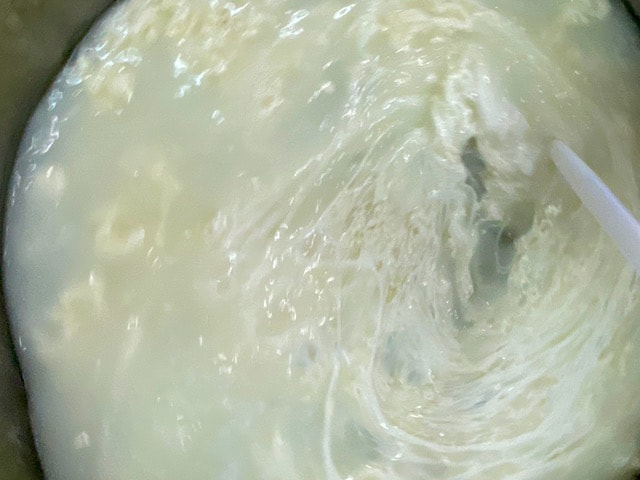
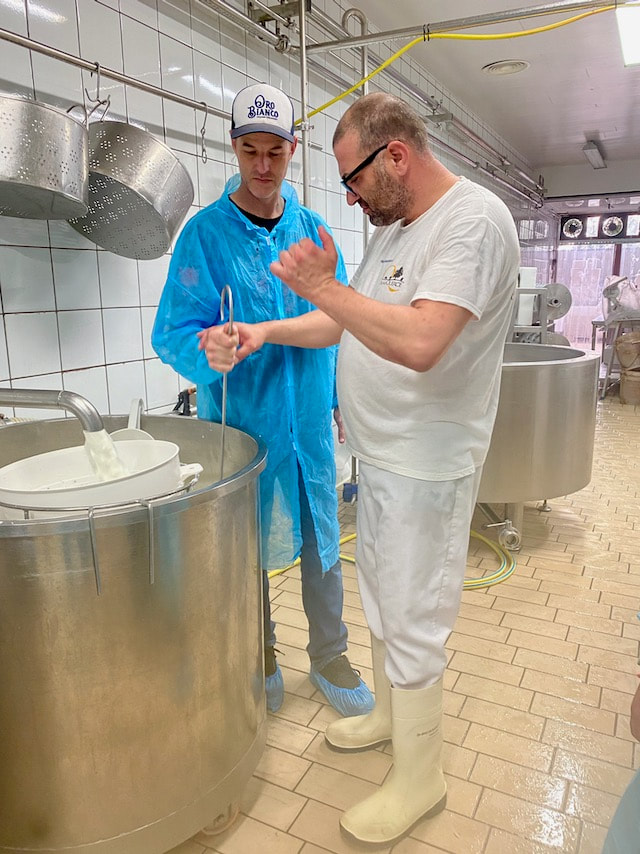
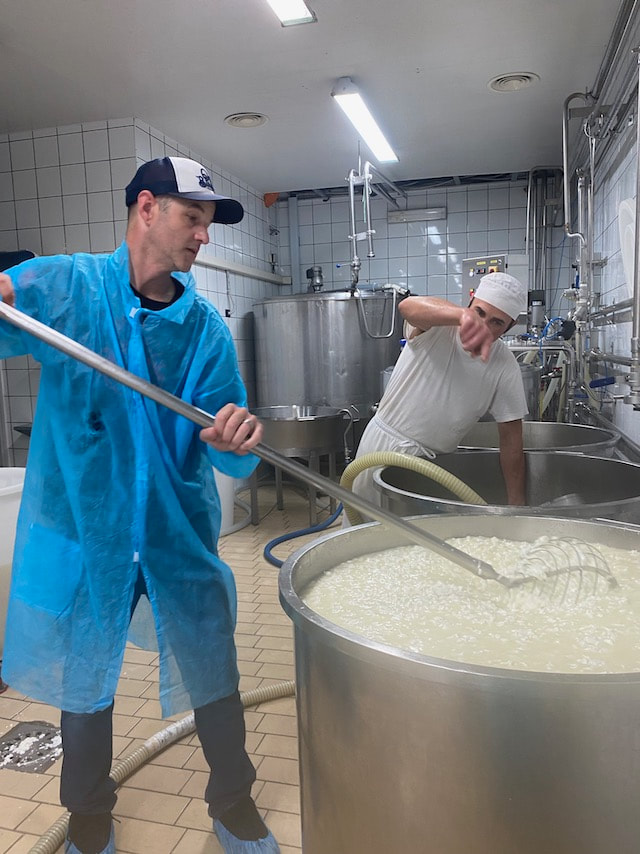
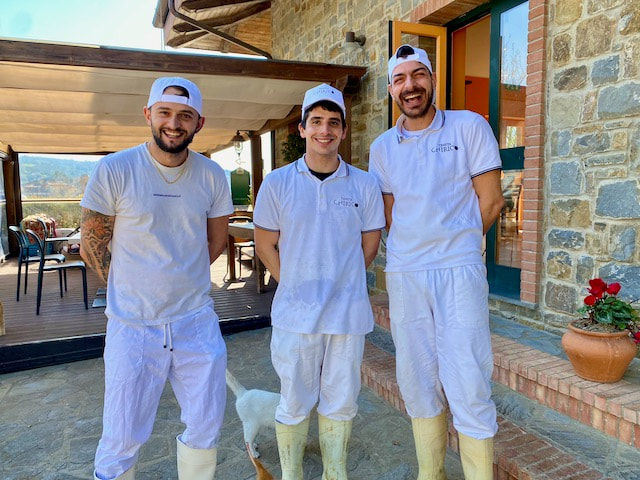
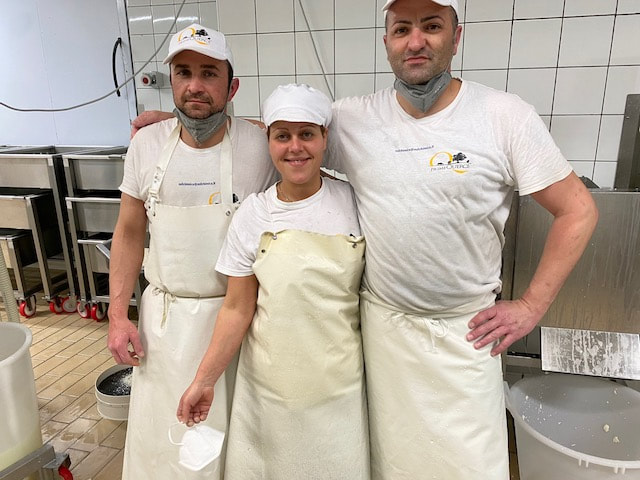
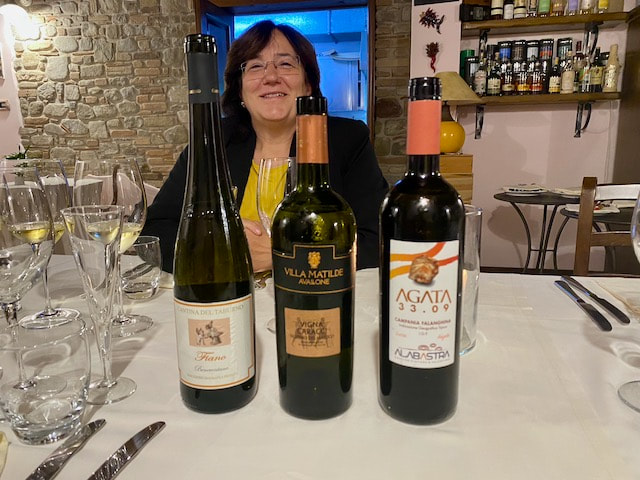
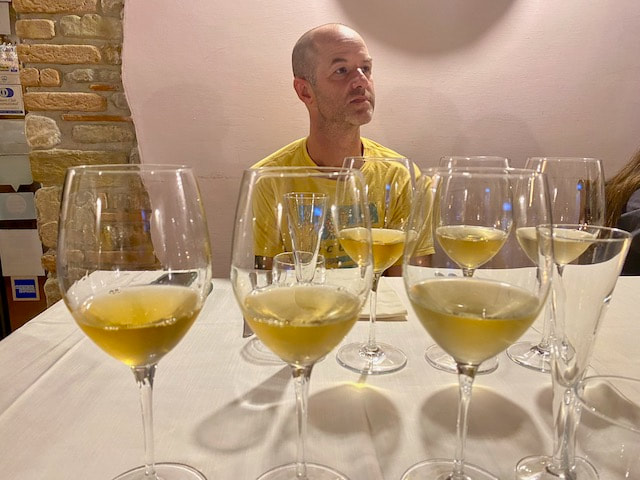
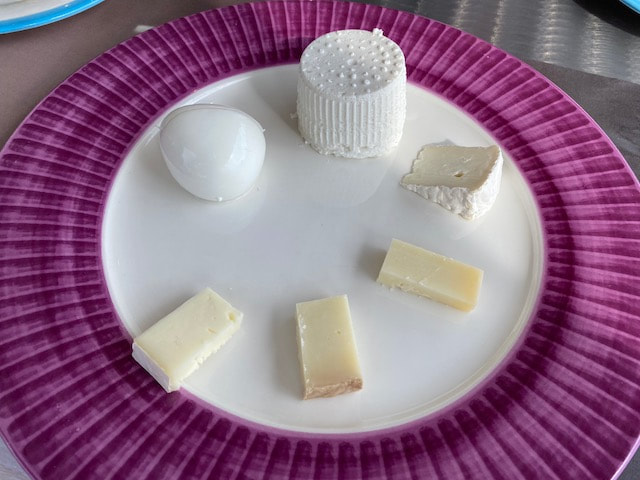
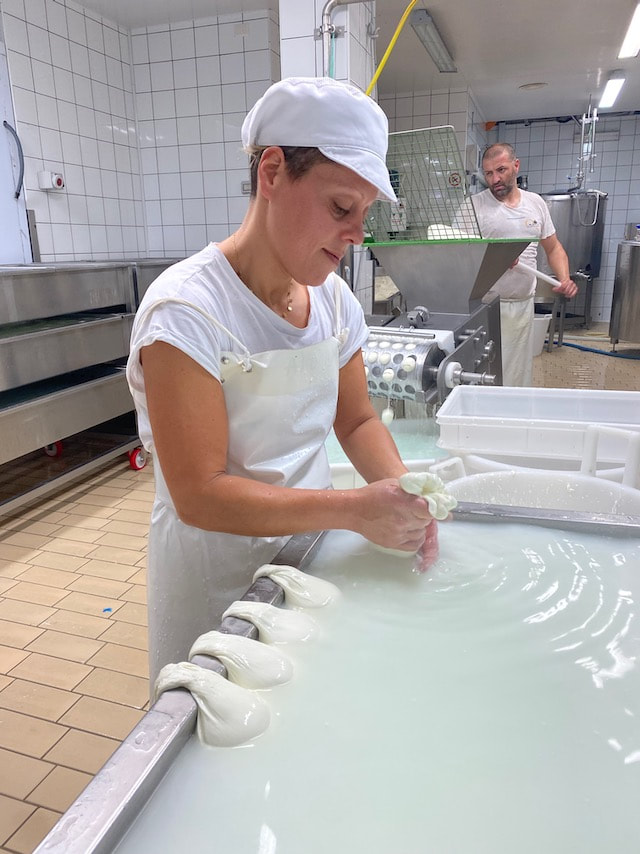

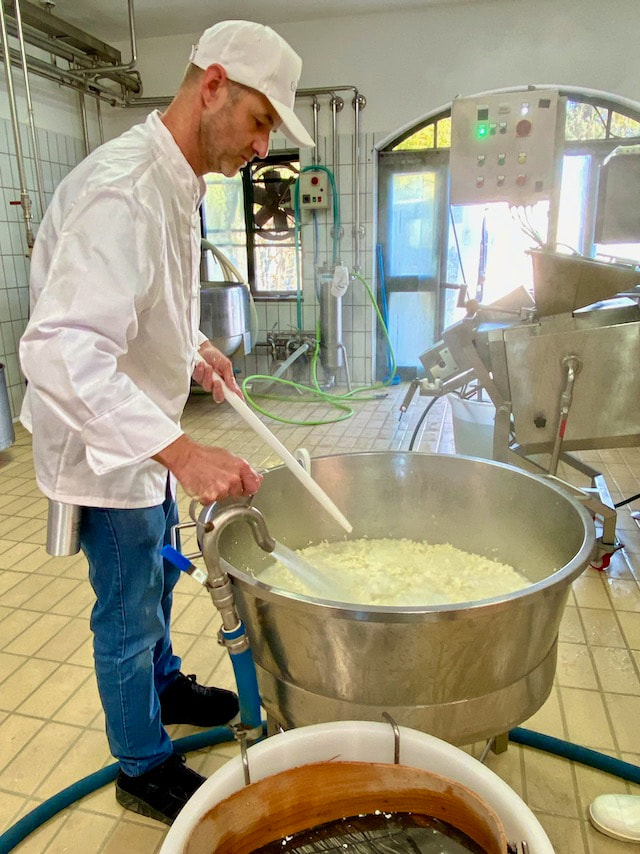
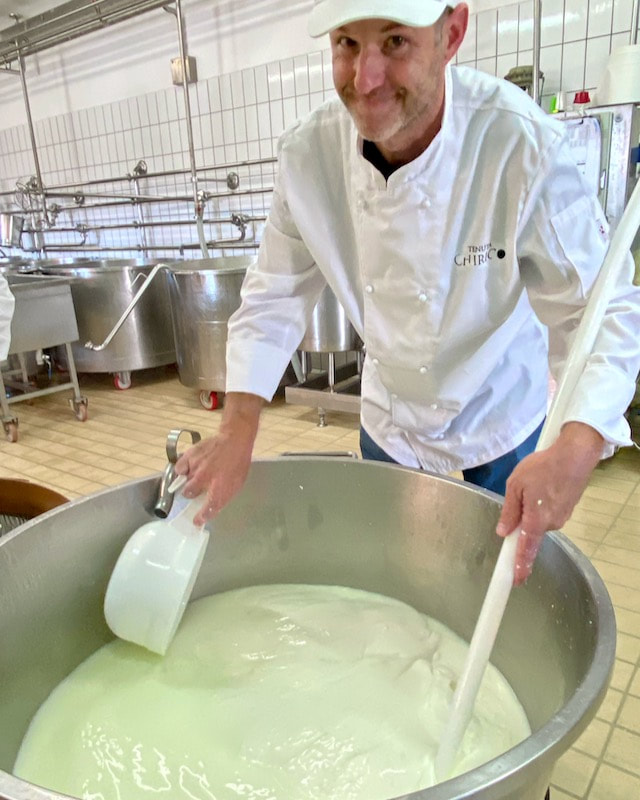
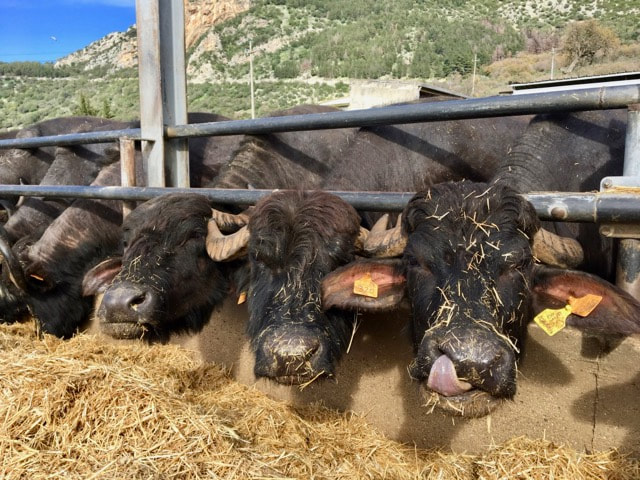
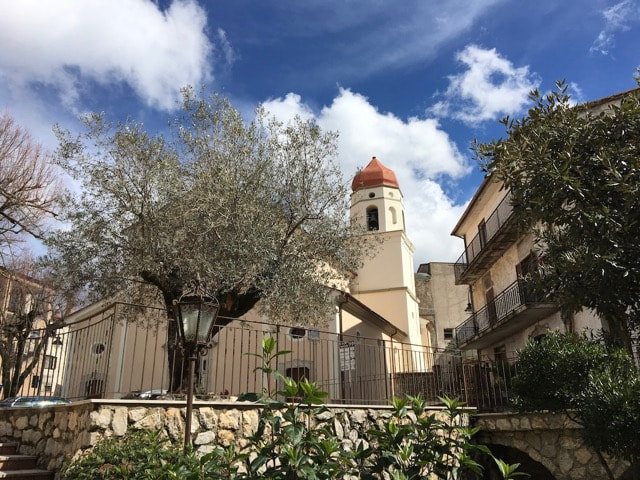
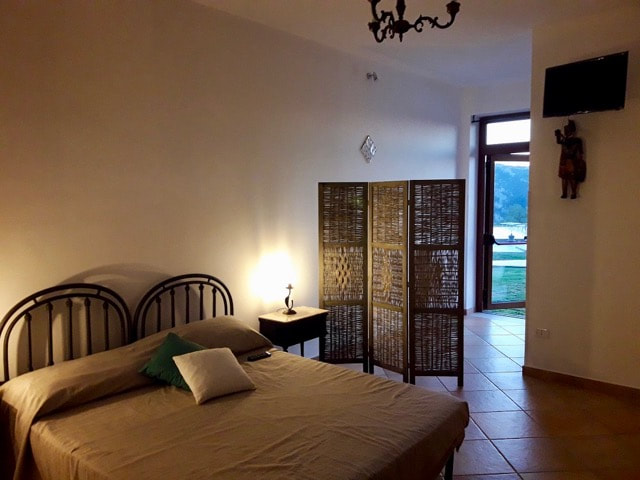
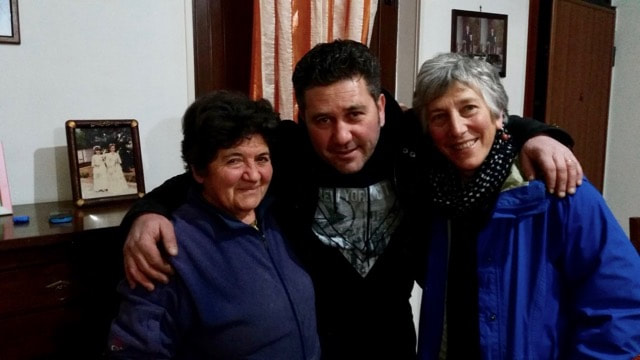

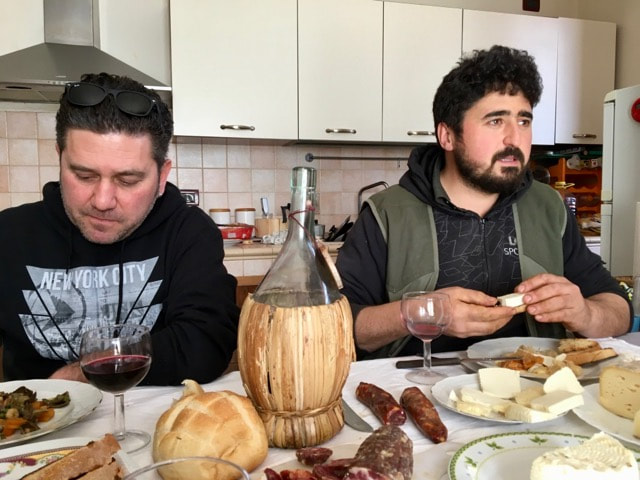

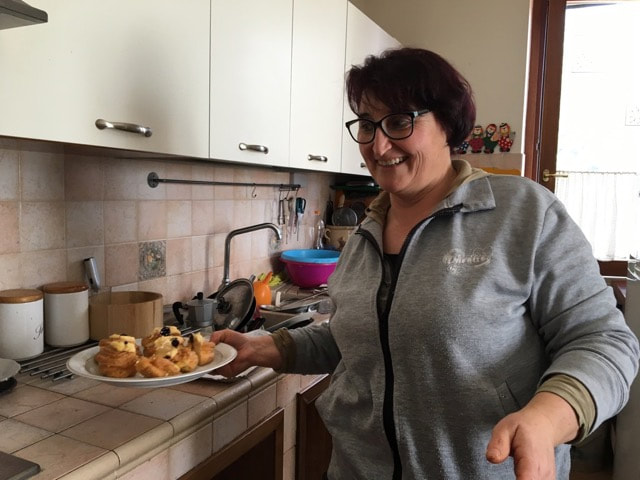
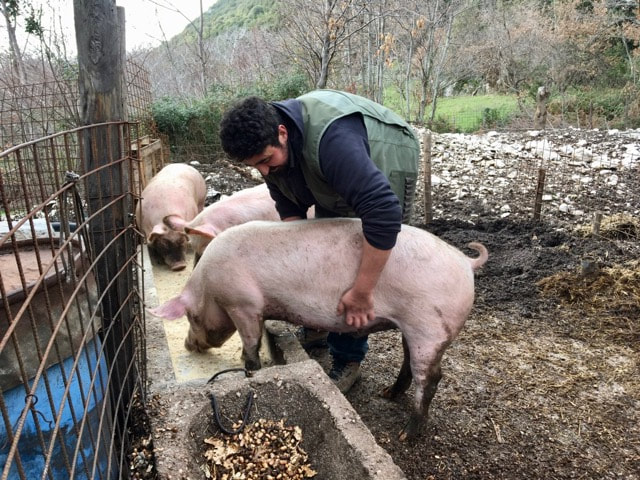
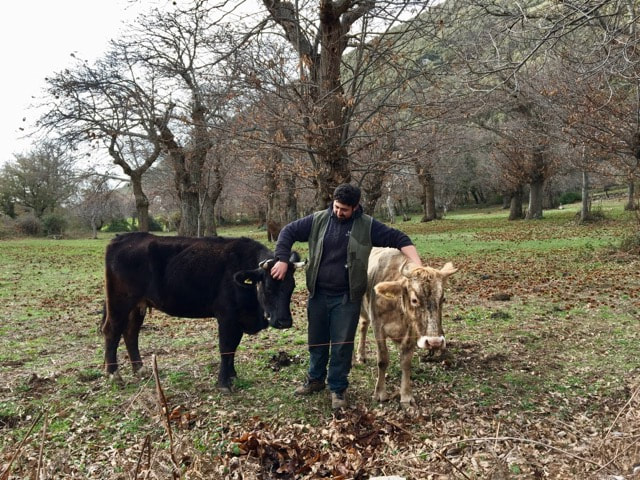
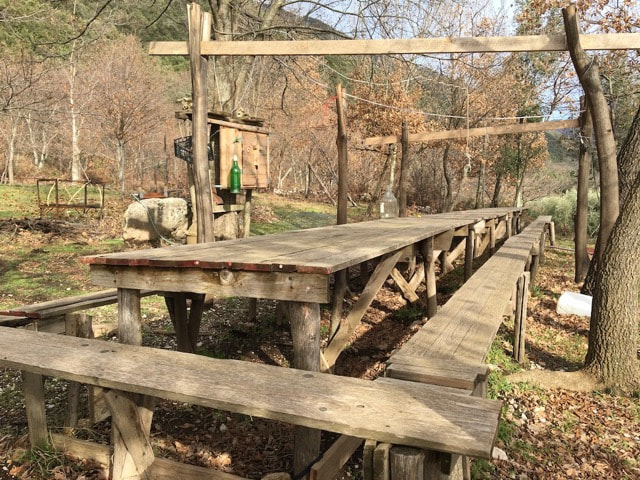
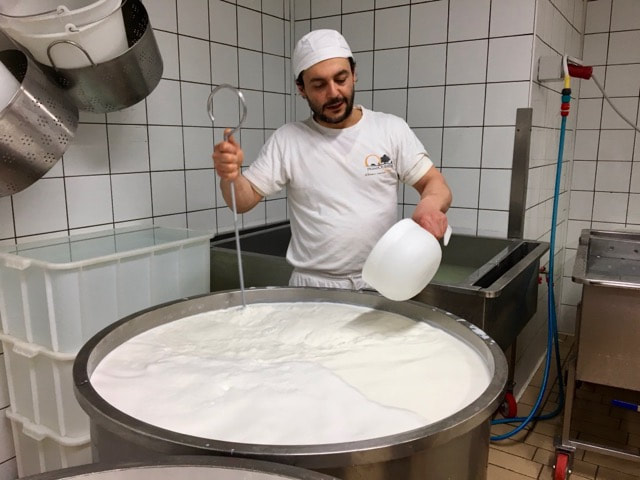
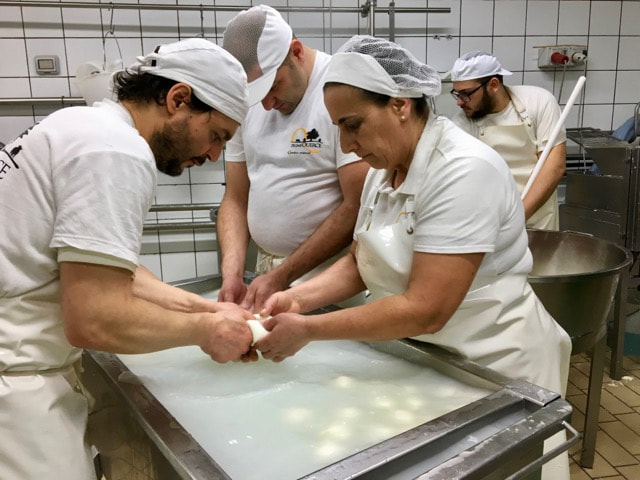
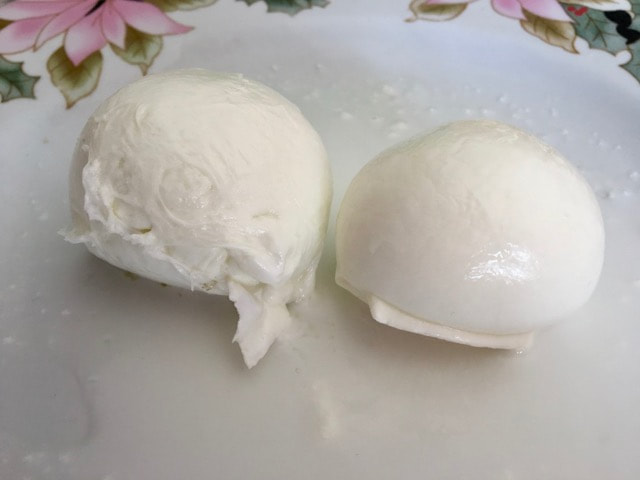
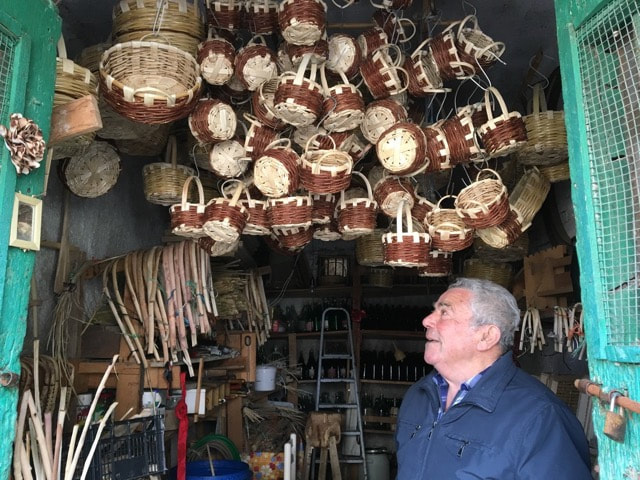
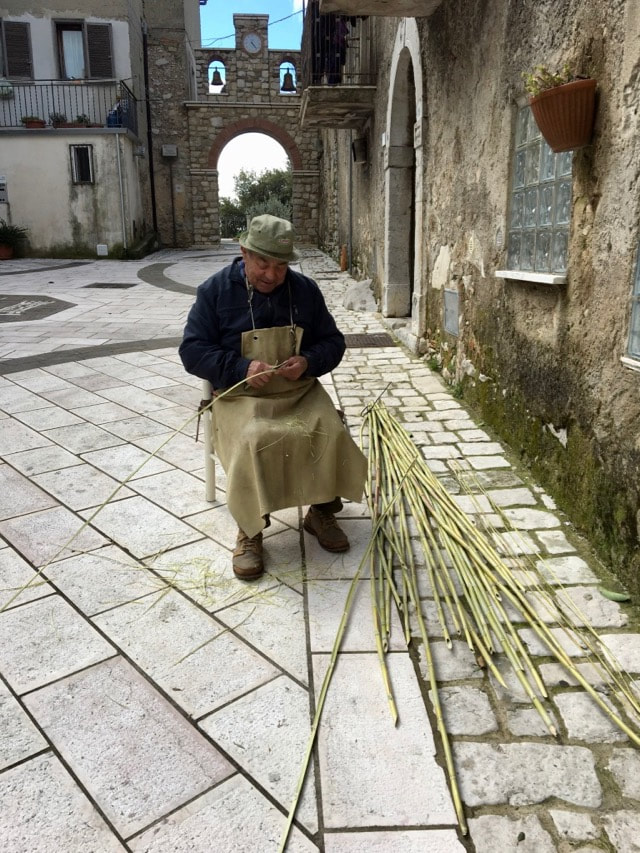
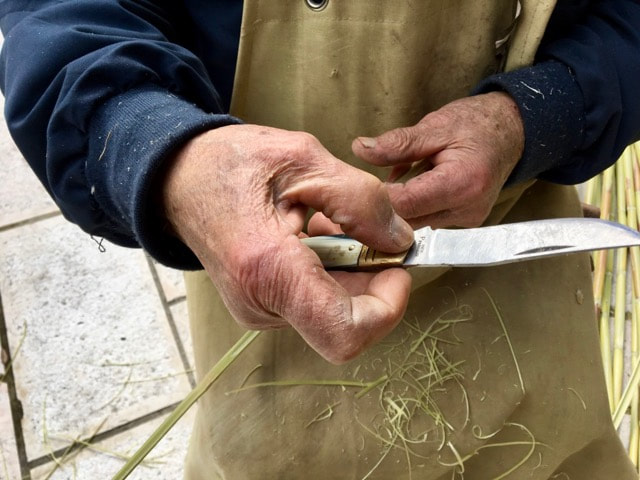
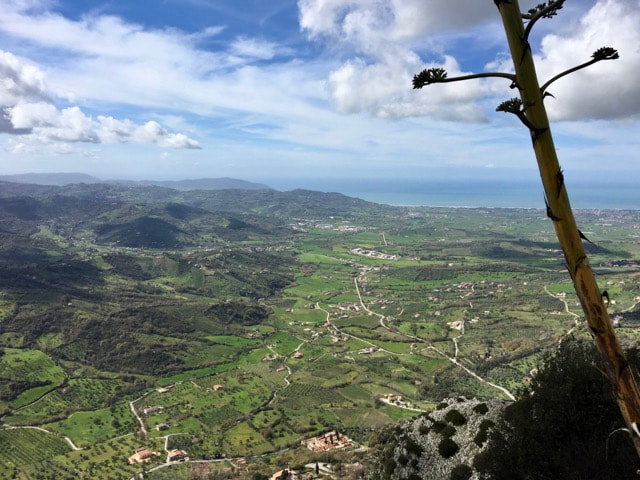
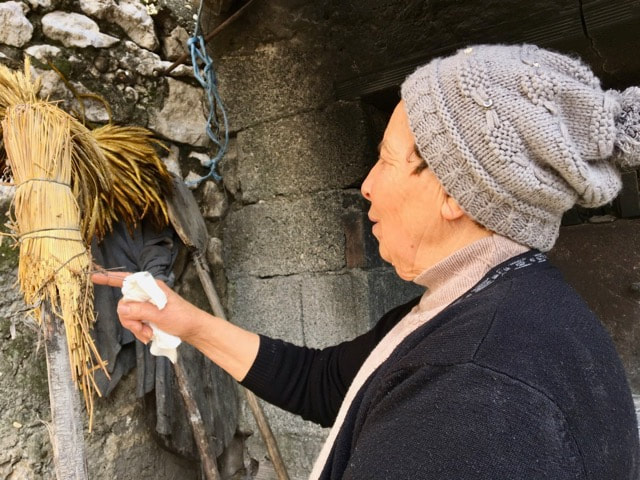
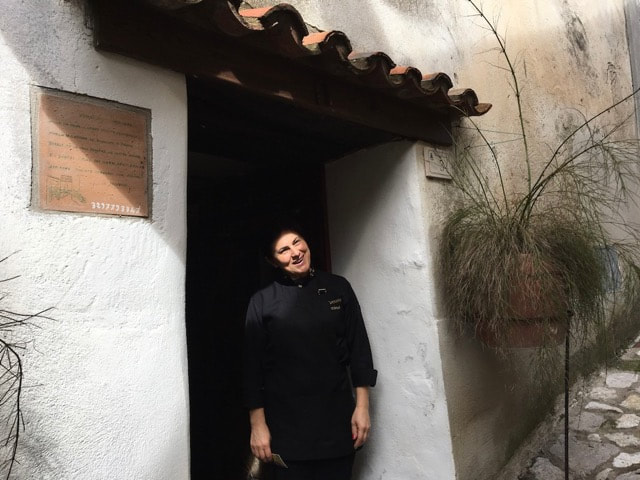
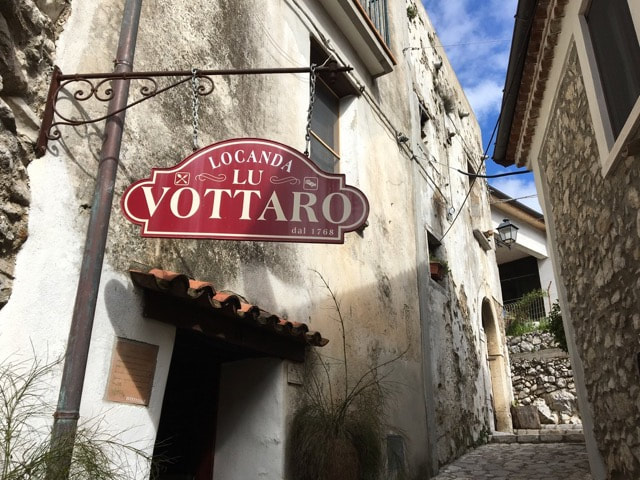
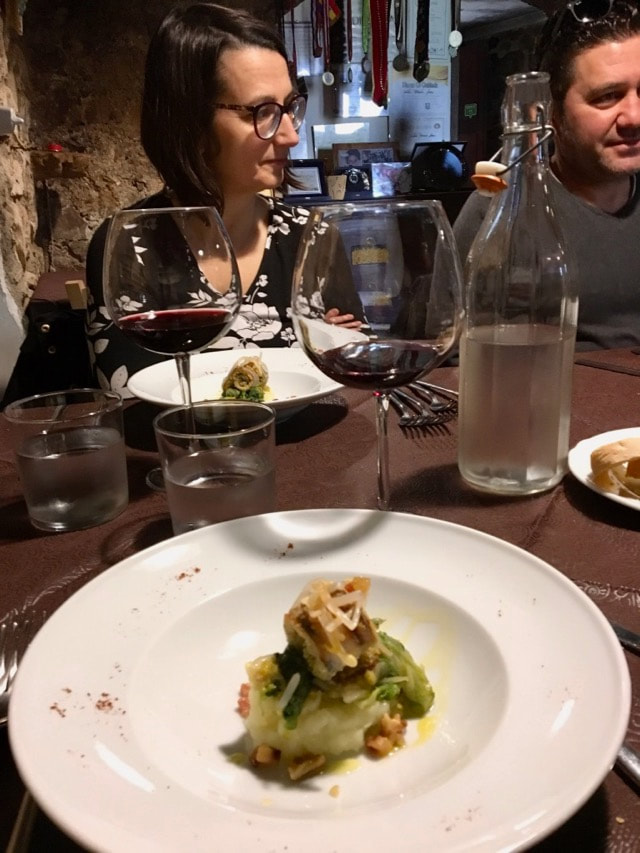
 RSS Feed
RSS Feed



